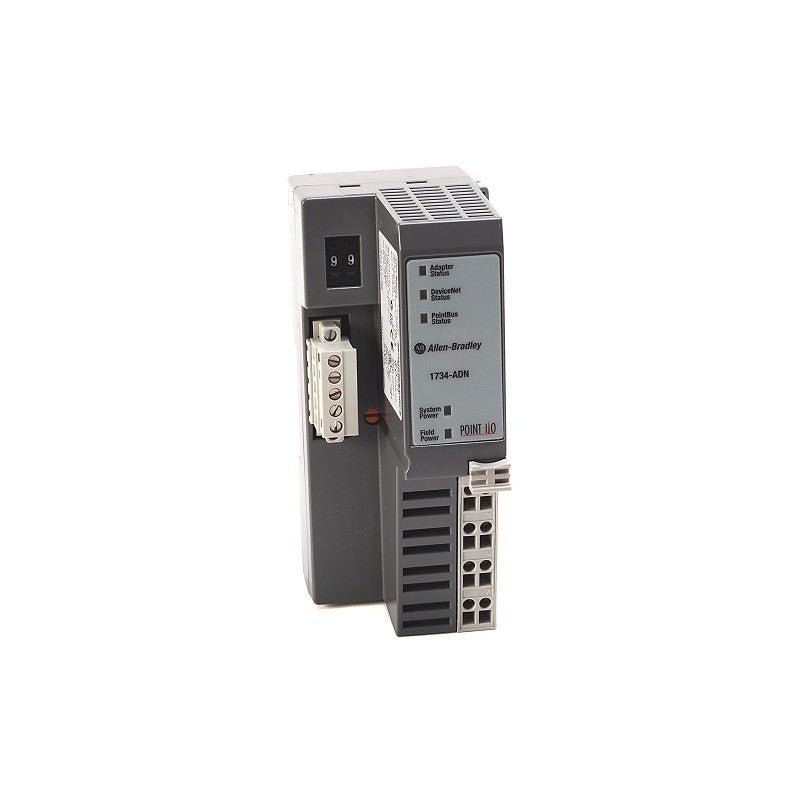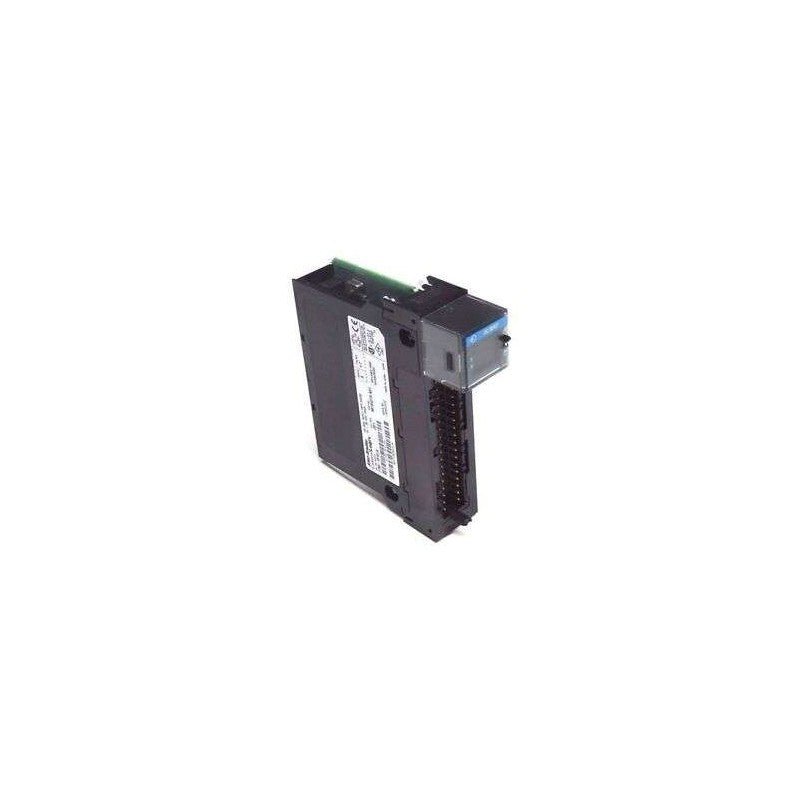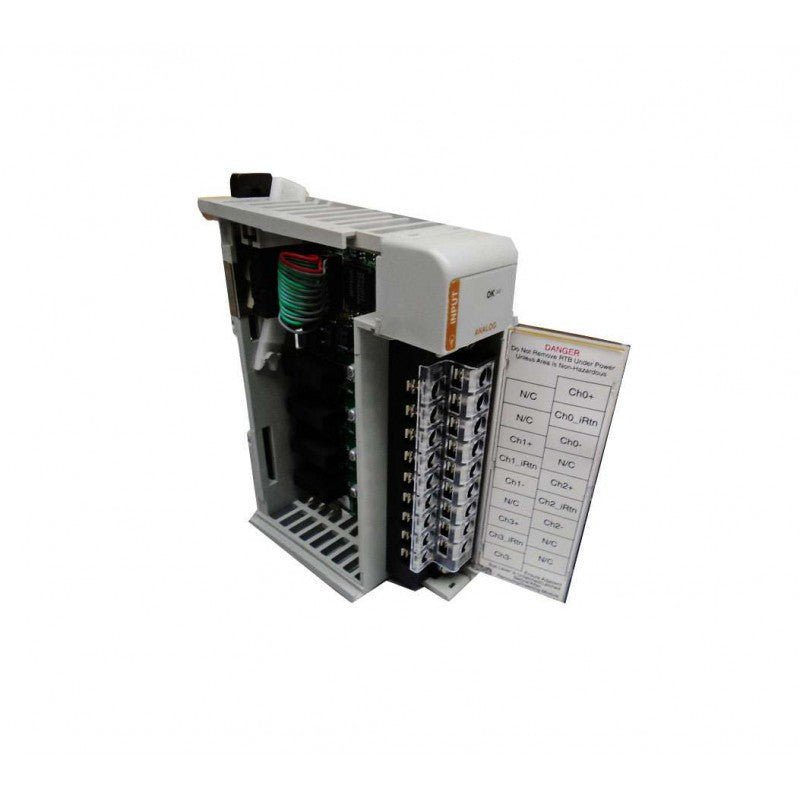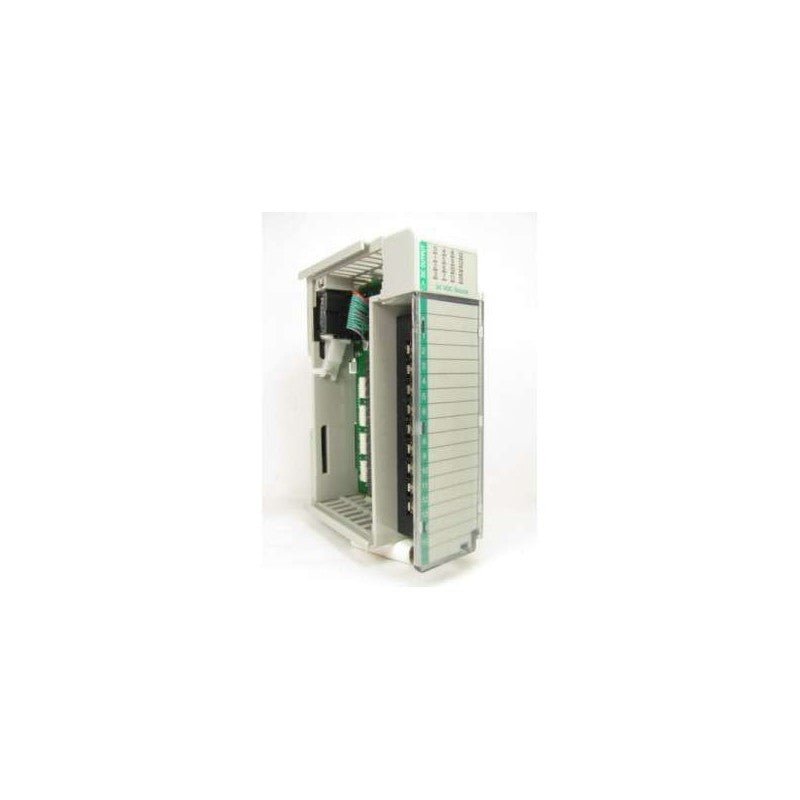1756-OA8 Allen Bradley IO Modules
Are you looking for a reliable, cost-effective IO module to help you in your industrial automation process? If so, then the 1756-OA8E Allen Bradley IO module is an ideal choice. This module not only provides you with high-speed communication and precise control of your system, but it also offers a number of other features that make it perfect for any industrial application. In this article, we’ll be taking a closer look at the 1756-OA8E Allen Bradley IO module and discussing some of its features. We’ll also be exploring how it can help streamline your automation processes and increase efficiency. So if you’re interested in learning more, read on!
What is an 1756-OA8E Allen Bradley IO Module?
1756-OA8E Allen Bradley IO Modules are digital input/output modules that provide an interface between digital devices and the 1756 ControlLogix Controller. The modules convert the TTL or CMOS compatible input signals to contact closure inputs, and sinking or sourcing output signals. Each module has 8 inputs and 8 outputs, with a maximum of 64 I/O points per controller.
The Different Types of 1756-OA8E Allen Bradley IO Modules
There are many different types of Allen Bradley IO modules, each with their own unique features and benefits. Here is a breakdown of the most popular types of 1756-OA8E IO modules:
Module Type 1: The first type of module is designed for general purpose input/output applications. It offers eight inputs and eight outputs, as well as four configurable analog inputs and two relay outputs. This module is ideal for applications that require a mix of digital and analog input/outputs.
Module Type 2: The second type of module is designed specifically for process control applications. It offers sixteen isolated inputs, eight isolated outputs, and four configurable analog inputs. This module is ideal for applications that require a high degree of input/output isolation.
Module Type 3: The third type of module is designed specifically for motion control applications. It offers eight digital inputs, eight digital outputs, four configurable analog inputs, and four quadrature encoder inputs. This module is ideal for applications that require precise control over motion.
Pros and Cons of 1756-OA8E Allen Bradley IO Module
As with any type of technology, there are both pros and cons to the 1756-OA8E Allen Bradley IO Module. Those who are considering using this type of module should be aware of both the positive and negative aspects before making a decision.
On the plus side, the 1756-OA8E offers a high level of flexibility. It is compatible with a wide range of devices, which means that it can be used in a variety of applications. Additionally, it offers a high degree of expandability, allowing users to add more modules as needed.
On the downside, the 1756-OA8E can be expensive. Additionally, it requires a fair amount of technical knowledge to install and configure properly.
What Features to Look for in 1756-OA8E Allen Bradley IO Module?
When choosing an Allen Bradley IO module, there are several features to consider. First, the module must be compatible with the specific PLC model it will be used with. Second, the module should have the right mix of input and output types to match the application. Third, the module should have the required number of I/O points. Fourth, it is important to consider the power requirements of the module. Fifth, the user should confirm that communication protocols are supported. Sixth, special features such as isolation or surge protection may be required for some applications.













Reviews
There are no reviews yet.